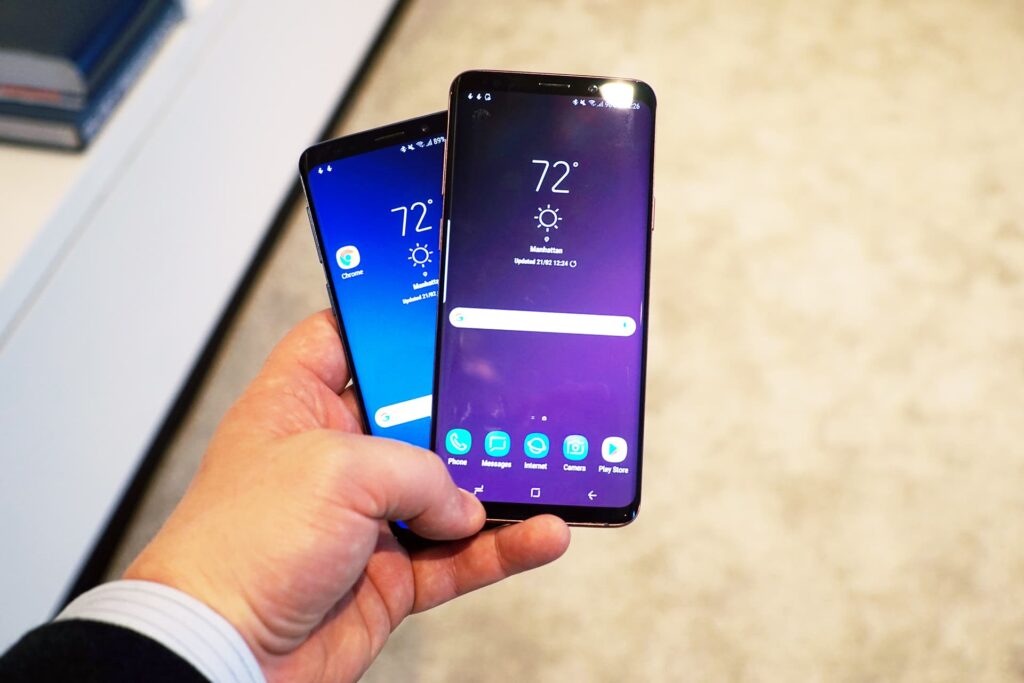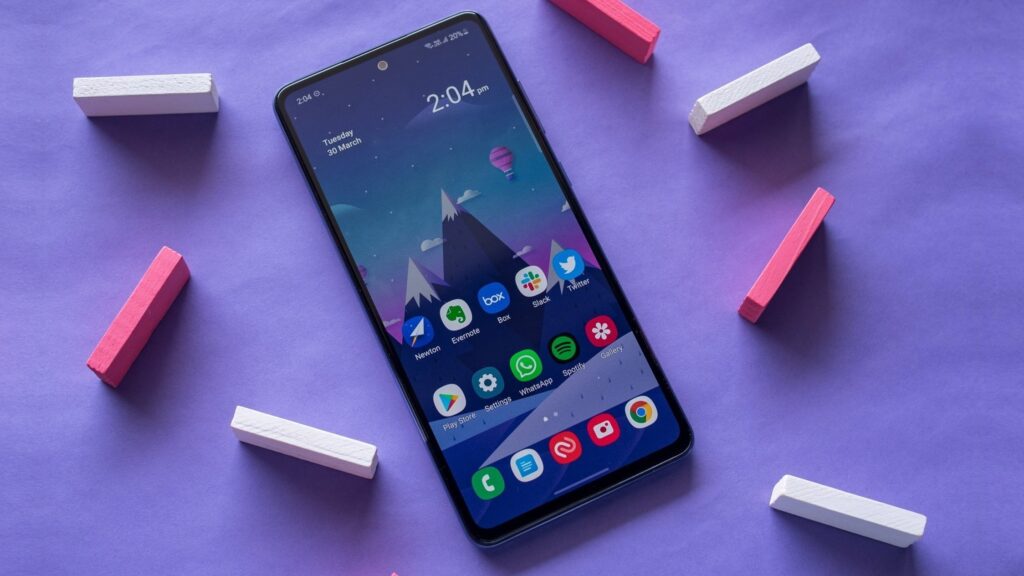In this day and age, almost everyone has a smartphone. In fact, it is estimated that there are 6,899 million smartphone subscriptions globally, which is predicted to rise to around 7,861 million in the next five years.
That said, even the biggest-named brands of smartphone have an expected lifespan of around four or five years. With this in mind, how can you tell that your smartphone is becoming outdated, and what can you do about it? Let’s take a look.
1. Slow to Operate
The older the device, and the more well-loved it has been, the slower it will be to operate. Even if you update to the newest software, this won’t update the hardware — and, indeed, newer updates can actually be more demanding of your phone, slowing it down.
To prevent this, avoid leaving inactive applications running in the background.
2. Runs out Of Battery Quickly

Source: cnbc.com
Another sign that your device is outdated is if you find your phone doesn’t keep its charge as long as it used to. Getting technical, this is because smartphones use a lithium-ion battery. Over time, the chemical aspects will degrade – thus, holding less charge.
In order to prevent this from happening prematurely, only charge it when you need to, and try not to charge your device overnight.
3. No Updates Available
If you go to update your phone, and find that your device is not compatible with the newest updates, then it is likely your phone is outdated. In order to prepare for this eventuality, keep track of all upcoming updates and which versions they support, so you can see how many updates you have left.
4. Can’t Download Apps
Newer applications will only be compatible with newer versions of smartphones. If you find that an application will not download, this can be a sign that your device is outdated.
5. Lack of Storage

Source: androidcentral.com
After you have used a smartphone for a long time, it goes without saying that the memory will start to fill up with your memories – from photos to music, videos and applications. Older smartphones, as a general rule of thumb, tend to have less storage than their successors.
That said, you may find that your device is compatible with a micro-SD memory card which can take the pressure off the internal memory a little bit.
So, how Can You Update without Buying a New Device?
One of the simplest ways to update your telephony is by investing in a cloud-based voice over internet protocol (VoIP) system. These solutions are being taken advantage of by businesses all over the world, being used to streamline the processes of a cloud contact centre, and even to allow business mobile functionality on an employee’s own mobile device.
The great thing about VoIP is that it can be used on any device, anywhere, at any time. Not only does this mean you can make phone calls on laptops, PCs, tablets, and smartphones, but it also supports remote or hybrid working practices, as well as allowing you the ease of accessing everything through one device, but with the ability to switch off at the end of the day.
And there you have it – just five ways that a smartphone can begin to feel outdated. And, how you can take your telephony to the next level, without having to purchase a brand new phone.



